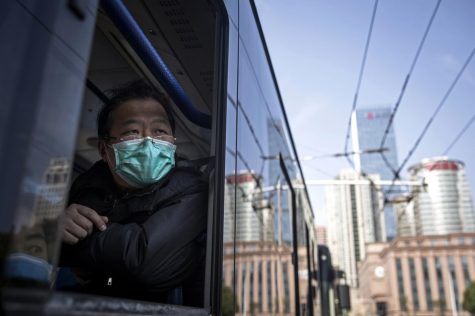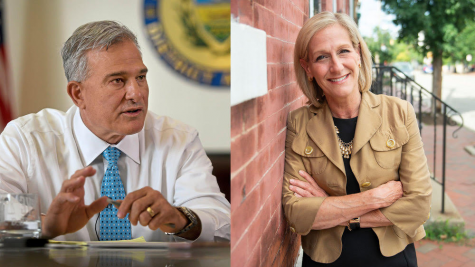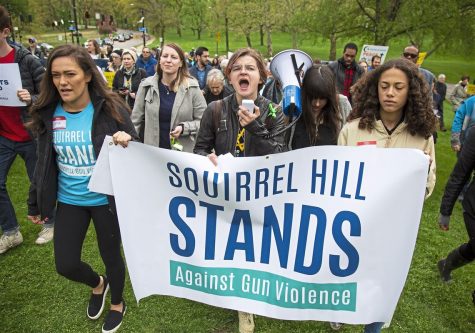Another Incident of Police Brutality Rattles the Country
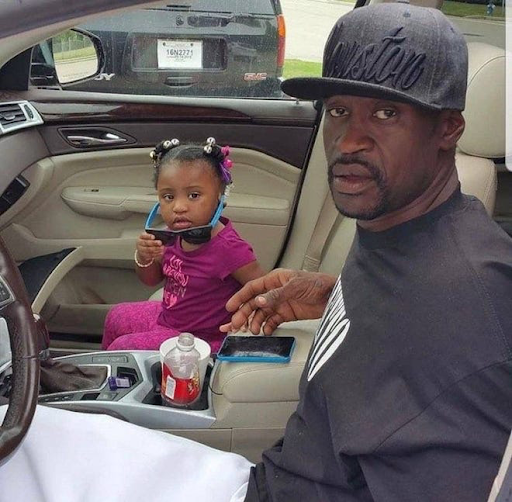
George Floyd with his daughter
Monday, May 25, was a dark day for Minneapolis, Minnesota. George Floyd, a 46-year old African American man, was arrested by four police officers. Unarmed, he was handcuffed and pinned to the ground under a white officer’s knee. “I can’t breathe,” he was gasping out, but to no avail. Floyd was brought to the hospital and later pronounced dead. A video of the incident, caught on camera by an onlooker, rapidly circulated the country, promptly and powerfully igniting a wildfire response from the masses. The protests that have since broken out demand not only justice for Floyd’s murder, but a change in the institutions of society that have allowed for such crimes against the black community to occur, so brutally and so frequently, for far too long.
George Floyd grew up in Houston with his siblings and cousins in a black neighborhood known as the Third Ward. He had moved to Minneapolis to look for a new job and a new life, seeking a positive direction for himself, but had been struggling to find and keep work in light of the coronavirus. Though the officers had been called because Floyd was allegedly trying to use a counterfeit 20-dollar bill, his childhood friend Christopher Harris met this accusation with disbelief. “He was doing whatever it takes to maintain going forwards with his life,” said Harris. “I’ve never known him to do anything like that.” It was later confirmed that Floyd had not been using any illegal transactions.
Protests began in South Minneapolis, and have since begun sweeping through the nation. The nature of these riots has been a hot area of contention—while some may feel they are inciting unnecessary violence, others are rigid that such violence is necessary to attract the attention needed to make a change. Many protests have been co-opted by people who are not advocating for the cause and simply intend to incite unnecessary violence. When Minneapolis protesters looted and burned a Target that was refusing to offer supplies to protestors, they were met with police officers bearing tear gas and rubber bullets. Police officers in areas such as New York City, Seattle, and Georgia have been reported to attack peacefully protesting crowds using mace or violent tactics.
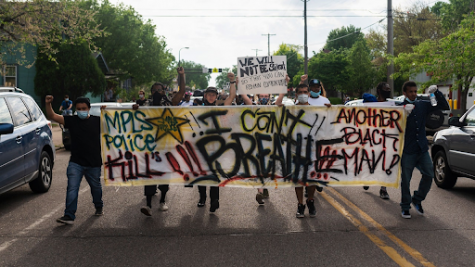
The protests have called for bringing the four police officers involved in the killing to immediate justice. All officers were fired, and the U.S. Department of Justice announced it is placing the investigation at a “top priority,” in light of public pressure. On Wednesday, the Minneapolis Police Department identified the officers as Derek Chauvin, Thomas Lane, Tou Thao, and J. Alexander Keung. Derek Chauvin, who had been the one to pin Floyd to the ground, was arrested and charged with third-degree murder, which does not require an intent to kill, and second-degree manslaughter, which proves negligence creating an “unreasonable risk.” He is the only officer yet charged.
With the release of their names, previous complaints against the officers were resurfaced. Chauvin had been with the Minneapolis Police Department for 19 years, the longest out of any of the four officers. He had 18 complaints filed against him, including shooting a man in a domestic assault call in 2008 whom he said was reaching for his gun. He also had been among the officers cleared of charges in 2011 after the police-involved shooting in Little Earth. Tou Thao had 6 complaints against him, with a lawsuit for using, “cruel and unusual punishment,” beating a handcuffed man named Lamar Ferguson to the ground in 2017. All four officers are invoking the Fifth Amendment right against self-incrimination.
Hennepin County Attorney Michael Freeman was slow to charge Chauvin, saying, “My job in the end is to prove he violated a criminal statute. And there is other evidence that does not support a criminal charge.” A statement was released less than 2 hours later saying he misspoke about “other evidence.”
President Trump has also made statements in response to the events. “I feel very, very badly,” he said after George Floyd’s death. “That’s a shocking sight.” But his words have been met with some skepticism—due to his usual alignment with the police force, his previous silence on high profile issues of police brutality against black lives, and the fast approaching November election, many feel his words are only intended to gain voter support.
“This is the first race-tinged case that I’ve ever heard him address, so therefore he cannot be upset when people feel that it’s empty words because it is so out of character,” said civil rights activist Rev. Al Sharpton.
But as the protesting intensified, Trump took to Twitter with a different and startling message. “. . . These THUGS are dishonoring the memory of George Floyd, and I won’t let that happen,” he tweeted. “Just spoke to Governor Tim Walz and told him that the Military is with him all the way. Any difficulty and we will assume control but, when the looting starts, the shooting starts. Thank you!” ‘When the looting starts, the shooting starts,’ is a term coined by police chief Walter Headley in 1967, who used vicious tactics against unrest in black Miami neighborhoods. Recent news of the National Guard being sent to Minneapolis has triggered a panicked response, with some requests on social media platforms to delete posted images of protestors to protect their lives.
Advocacy campaigns and petitions have been sweeping social media platforms, as well as remembrances to the man George Floyd was. His friends and loved ones tell the story of a kind, loving, and gentle person, who loved God, playing football, and trying to dance to Latin music. A tall man, they remember fond nicknames for him such as, “Big Floyd,” or “gentle giant.” His former classmate Donnell Cooper described him as having a, “quiet personality but a beautiful spirit,” recollecting that Floyd had headed to Minneapolis excited to start a new and better life. Floyd leaves behind a six year old daughter, and girlfriend Courtney Ross. “He cannot die in vain,” she says.


